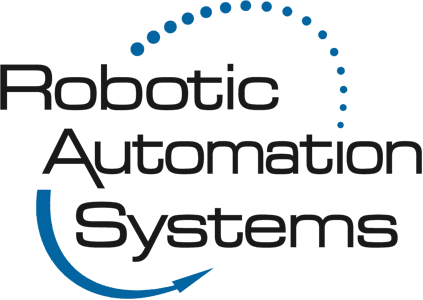What is an articulated robot? Facts you should know
An articulated robot is the most commonly used industrial robot. It’s also likely the most recognizable. We’ve all seen pictures or movies of the robotic arms reaching out to pick up materials, weld a car body together, or to move items from one conveyor belt to another. They are used in a broad range of industries
Articulated robots have arms with rotary joints that give them the range of motion and the flexibility to be able to perform many functions. The arms resemble human arms, with joints that look like elbows, wrists, or shoulders, and even in some instances, fingers.
The joints on an articulated robot are called axes, and the number of axes can be as high as ten on a single robot. The most commonly used 6-axis articulated robots can travel to any point within the operating envelope in an articulated and interpolated manner. This is a big advantage that articulated robots offer, as they can utilize almost all of the space they occupy on the factory floor. The only restriction is the area where the control and power cables are located, usually behind the robot.
Articulated robots are particularly useful in such functions as welding, material processing, assembling, packing, and pick and place operations. Because of their ability to make several motions, they are more adaptable to improvements in the manufacturing environment.
A major advantage of articulated robots is that they are more reliable than traditional manufacturing systems. Their enhanced precision and accuracy ensure application outcomes are consistent and do not deviate from the programmed path. Parts produced turn out uniform and without defects, significantly improving product quality. Productivity rates also become reliable and predictable since articulated robots operate continuously without delays or breaks. Reliable manufacturing methods can stabilize or even reduce costs with the elimination of errors, material waste, and long cycle times.
One of the disadvantages of articulated robots is their speed, or rather their lack thereof. They aren’t able to match the efficiency of other types of robots that can accomplish high speed tasks. Because of their numerous joints and degrees of freedom, they require complex kinematics to govern their motion. They also have higher component mass, so there is an inertial barrier to overcome at every change in direction.
If you would like to discuss how your business could benefit from the integration of articulated robots, reach out to the experts at Robotic Automation Systems.
We have been a leader and innovator integrating automation and robotics for the plastics industry since 1993. Robotic Automation Systems solutions are custom engineered, built and fully integrated into your application and process – from complete turnkey automation systems to specific robotic automation application needs and tooling. We proudly represent a broad range of high-quality automation robots from several top-of-the-line manufacturers.
If you would like more information about our services, visit our website, or contact us at (608) 849-0880.
